Iranian, Russian navies practice anti-piracy operations on 2nd day of drills
Iranian and Russian naval forces have practiced anti-piracy operations, during which they rescued two hijacked merchant vessels, on the second day of their joint naval maneuvers in the Sea of Oman and the northern part of the Indian Ocean.
According to the maneuvers’ spokesman, Rear Admiral Gholamreza Tahani, the commercial ships sent distress signals to the Chabahar port’s Maritime Rescue Coordination Center (MRCC), before a Sikorsky SH-3D Sea King helicopter of the Islamic Republic of Iran Navy flew over the area and surveyed it.
Tahani added Iran’s fully-indigenous Jamaran destroyer was then deployed to the area, and the participating warships were assigned with the liberation operation in two groups of Iranian and Russian units.

He said commandos with the Islamic Republic of Iran Navy and the Islamic Revolution Guards Corps (IRGC) as well as their Russian counterparts rappelled down onto the deck of the hijacked ship, captured pirates and liberated the vessel as outlined in the scenario.

Tahani went on to say that the scenarios included capture of pirates, extinguishing the fire caused by the pirates to delay the rescue operation, treatment of wounded and injured sailors on board, and finally the successful berthing of the merchant vessel with the help of a tugboat.
Two-day Maritime Security Belt naval drills bear a message of “peace and friendship” for the regional nations, with the slogan of “collective cooperation at sea towards securing naval trade.”

The event covers a 17,000-kilometer-wide maritime expanse. It enlists naval units from Iran’s Navy and the IRGC Navy together with their backup squadrons as well as a Russian flotilla comprising the Stoiky corvette, the KoLa refueling ship, and a support helicopter gunship.
On the first day, Iranian and Russian naval forces put their firepower on display. They unleashed fire on designated targets and practiced squaring up in offensive formations in light of regional threats.
Iran’s Army and the IRGC have conducted several drills in the past two months, in a show of power amid tensions with the United States.
These exercises saw a variety of locally manufactured long-range missiles, drones, tanks, warships, submarines and helicopters tested on land, sea and air targets.
Pezeshkian to US, Europeans: You are killing women, children
VIDEO | COP29: another climate failure?
ICC issues arrest warrants for Netanyahu, Gallant for war crimes
Israeli strikes kill 88 Palestinians in northern Gaza
American voters plainly rejected complicity in Gaza genocide: Iran FM spox
ICC should issue more arrest warrants for Israeli authorities over Gaza genocide: UN expert
Israel using AI weapons co-produced by India in Gaza genocide: Report
Israel issues new evacuation orders, shortly launches strikes on southern Lebanon



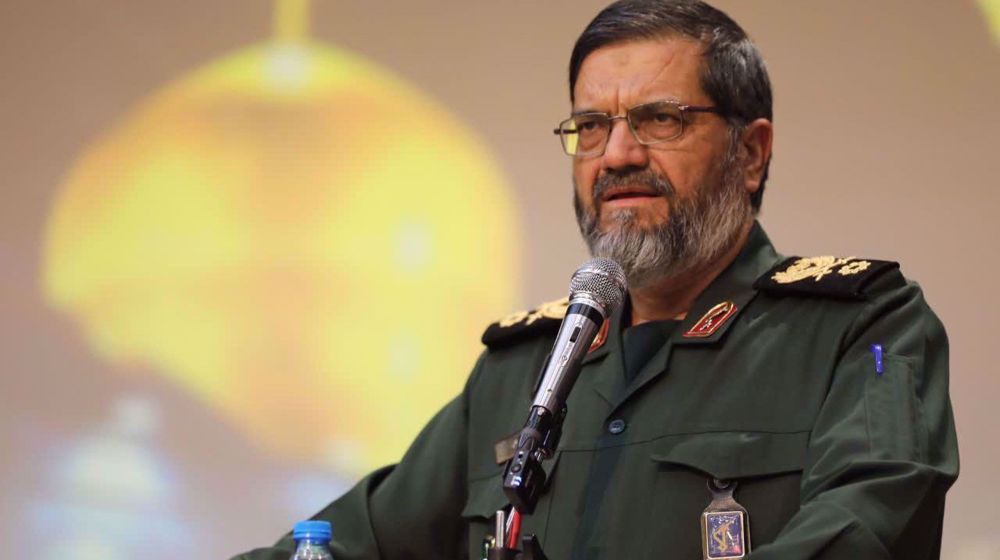
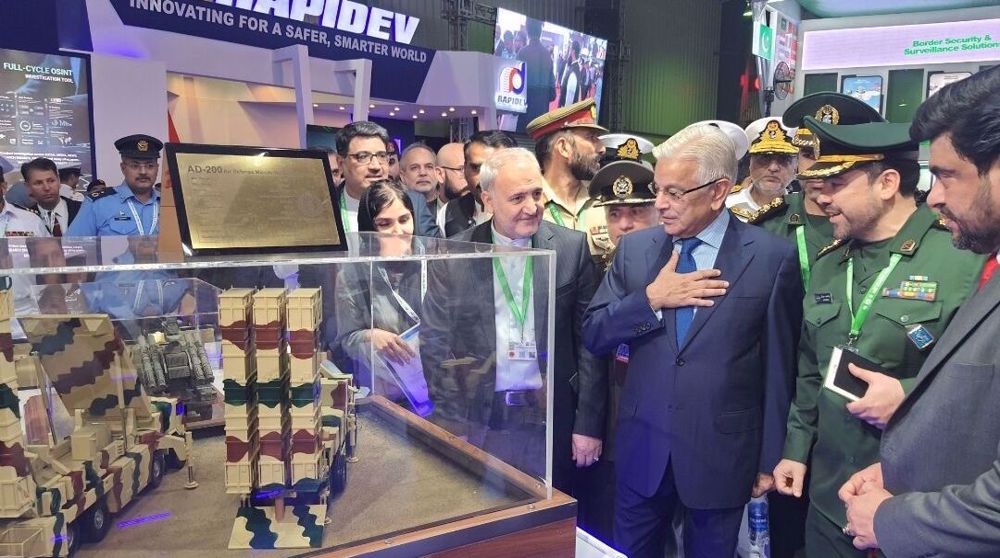



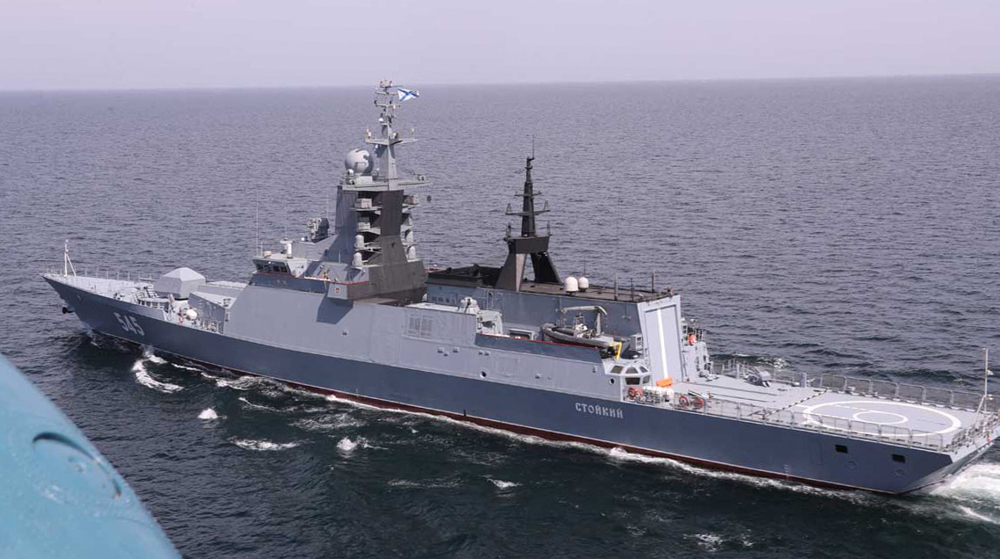
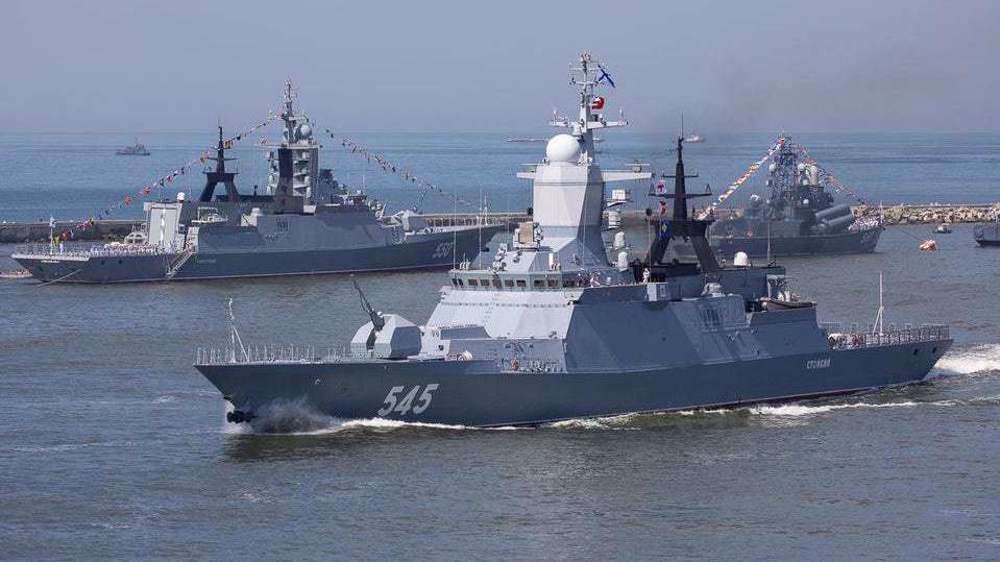
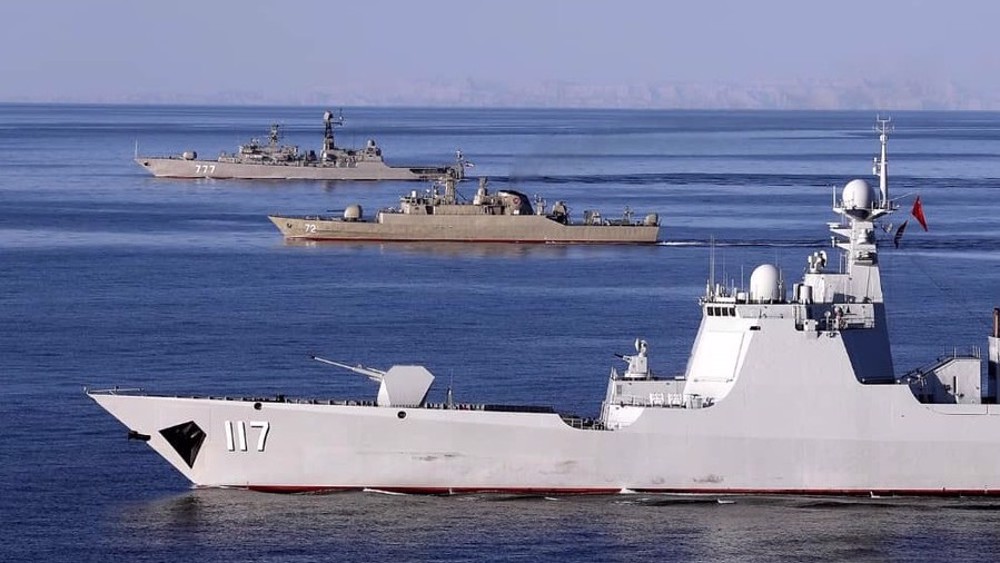
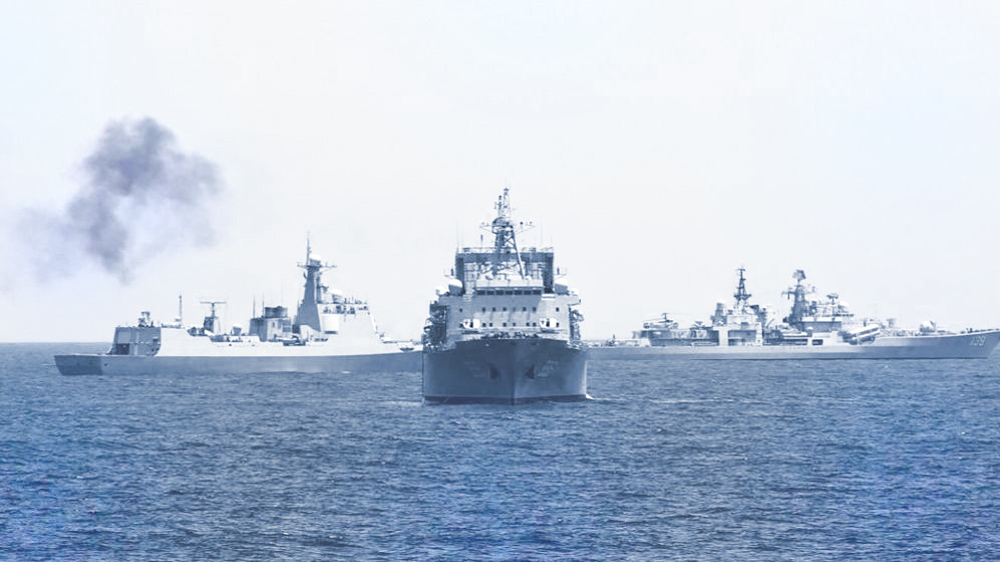
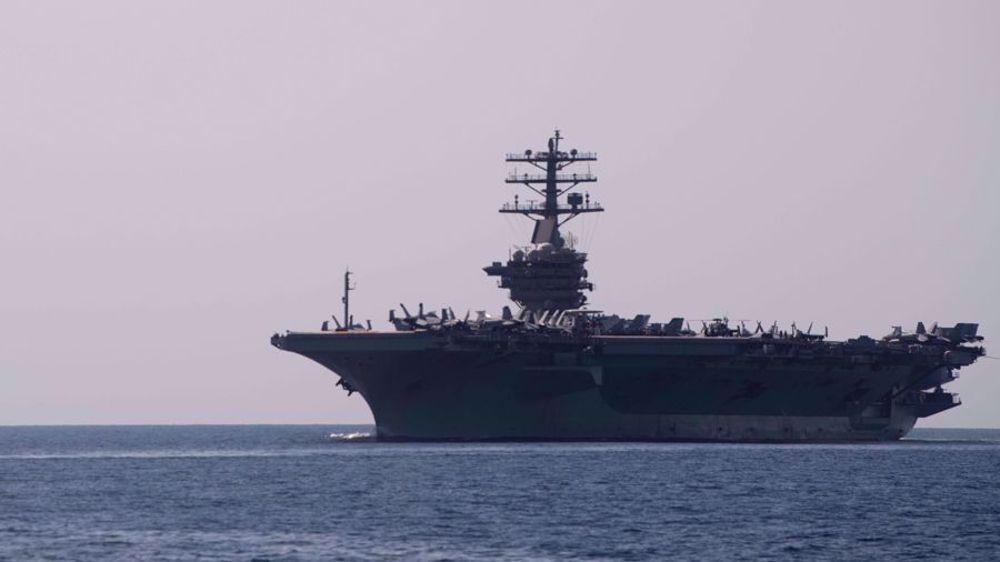
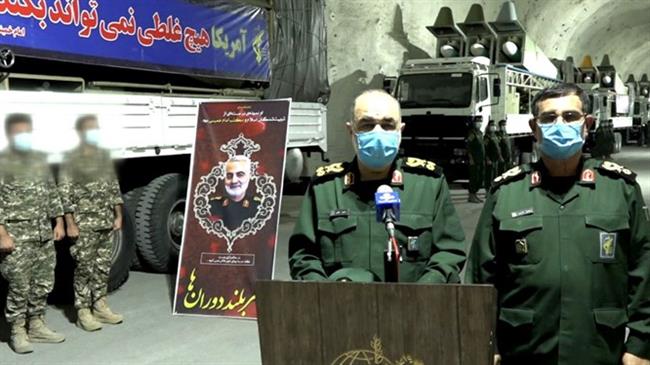



 This makes it easy to access the Press TV website
This makes it easy to access the Press TV website